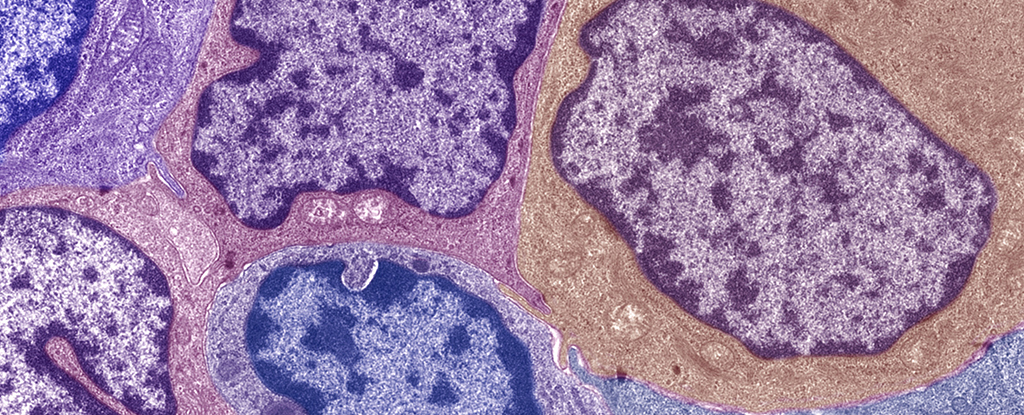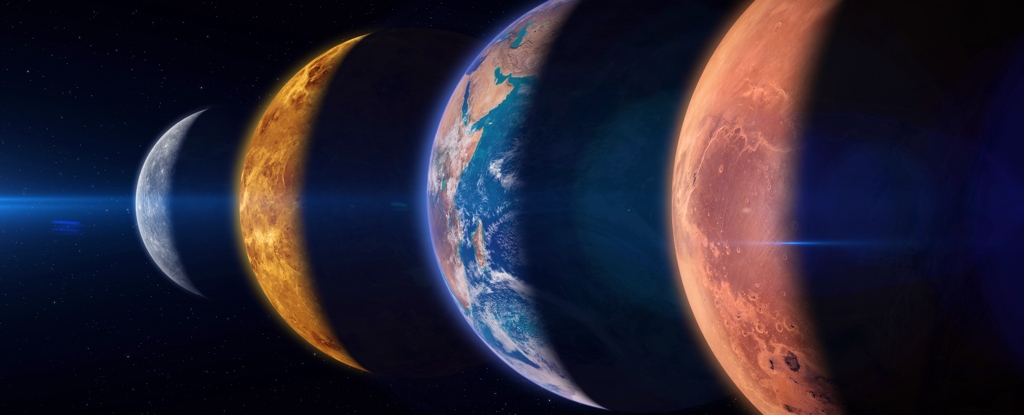For the first time, physicists have transformed a quantum processor into a state of matter that seems to defy physics, a breakthrough that could be a step toward making quantum computing more practical.
Quantum computers promise to broaden the kinds of algorithms that can be run quickly and practically, potentially speeding up research into many fields, from particle physics to pharmacology to meteorology.
Monumental progress has been made in developing the technology’s foundations, but as the technology scales up, errors become a major obstacle.
By experimentally making a quantum computer behave like a robust form of time crystal, a team of physicists from China and the US hope to make the technology less prone to errors as it scales.
Time crystals are groups of particles that display repeating patterns. Where the patterns that make up regular crystals like diamond and quartz echo through 3D space, time crystals move periodically like a pendulum, tick-tocking through time.
What makes them unique is their ability to do this in absence or in contrast to a driving ‘push’. Time crystals oscillate in their lowest energy state to their own rhythm, like a child kicking out in their swing in defiance of their parent’s repetitive nudges.
Proposed by renowned physicist Frank Wilczek in 2012, the idea of time crystals initially received its fair share of doubters.
Since then, a number of systems with time-crystal-like behaviors have been demonstrated experimentally, providing engineers with a proven new tool to measure and shape the world, and a potential solution to an accuracy problem in quantum computing.
Where typical computing is restricted to logic built using binary figures represented by 1s and 0s, quantum computing’s ‘qubits’ are better suited to unique kinds of computation, allowing for complex algorithms to be solved in a single step.
A qubit is a blur of possibility, not unlike a clear card table before the dealer reveals a suit as red or black. Just as a card counter can use the odds in their favor, quantum computing uses a qubit’s in-built potential to conduct calculations. Combining qubits by entangling their fates builds a bigger deck, tweaking the odds in ever more useful ways.
Unfortunately, qubits can entangle with just about anything in their environment, randomly shuffling in new cards and throwing the program off their game. Expanding the deck of qubits to the thousands required dramatically increases the likelihood of unwanted noise creeping in.
Time crystals have been proposed as means of reducing quantum errors previously, though pushing beyond theory into a practical application has proven challenging.
One type of time crystal described as ‘topological’ has an advantage over the others. While isolated oscillations can exhibit time crystal characteristics within a specific zone of particles repeating in space, a topological time crystal displays the pendulum swing as a bulk feature of a more general system, all thanks to that very same phenomenon of quantum entanglement.
This generalized spread of oscillating activity is less prone to local interference, keeping the pendulum’s swing in perfect motion even as isolated areas within the system are pushed and shoved out of alignment.
By successfully programming a highly stable form of superconducting quantum computing to exhibit topological time-crystal behavior, the team found it was feasible to create a quantum system that’s even less prone to interference.
Put through its paces, the system could handle a reasonable level of simulated noise in the environment, remaining relatively stable. The experiment also reflected the potential to use similar superconducting circuits to explore the realm of non-equilibrium motion represented by time crystals.
As a proof-of-concept, uncanny ticking of time crystals might have an important place in the future of technology.
This research was published in Nature Communications.





